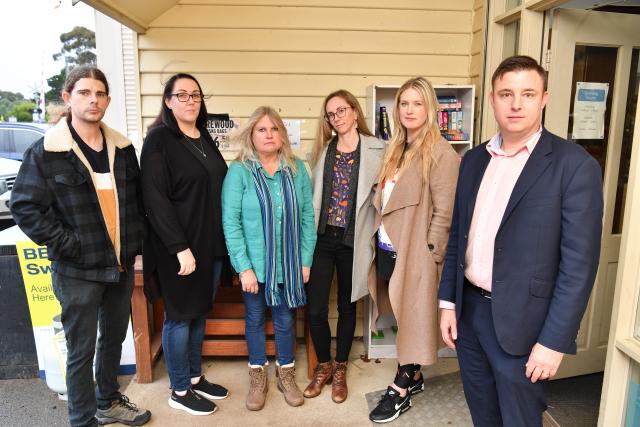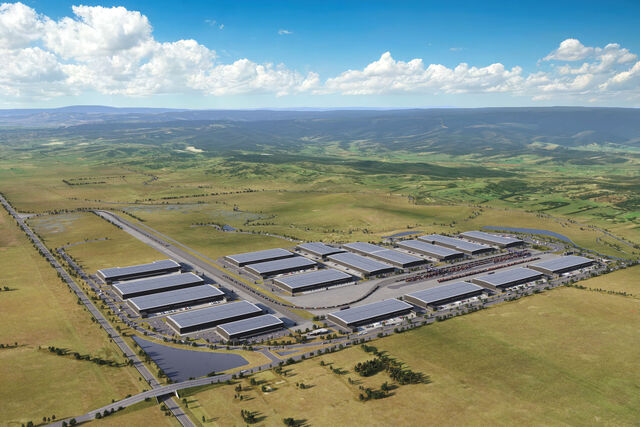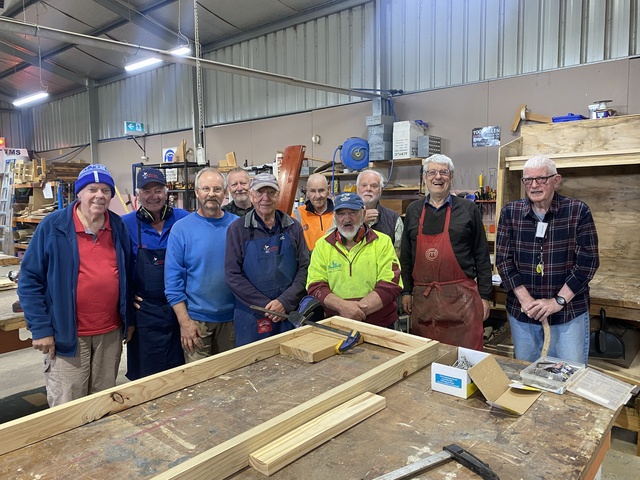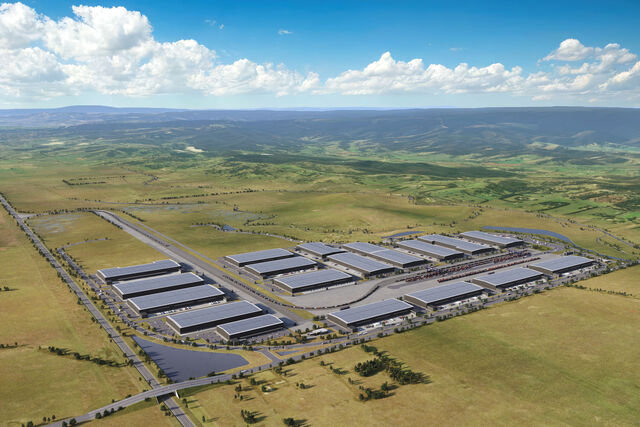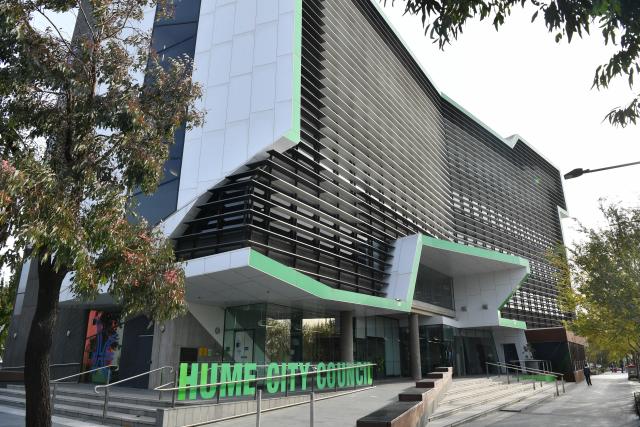As Victoria battles with a housing crisis, some outer Melbourne suburbs and regional areas are experiencing a surge in new residents However, with infrastructure lagging, these areas are struggling to keep up with the push into the north-west. Zoe Moffatt chats to an urban planning expert and residents to find out how this narrative can be flipped.
In the rapidly growing suburb of Diggers Rest, residents are banding together to address community concerns about infrastructure and services shortfalls.
The suburb is part of the Melton local government area (LGA) – the fastest growing area in the country, according to Australian Bureau of Statistics data released in April – and the Hume LGA which is the fifth fastest-growing area in Melbourne.
According to Forecast.id, Diggers Rest’s population was about 5299 residents in 2021, and this is expected to increase to about 10,665 by 2036.
Yet, residents say they are living without access to important infrastructure and services.
John Verdon is a member of the residents’ advocacy group Dream, which was launched in September 2022, and has lived in Diggers Rest for eight years.
He says the delay in infrastructure has impacted the town and its residents.
“A [lack] of infrastructure means we are reliant on two cars,” Mr Verdon says.
“It’s not something that is insurmountable to me because we have two cars.
“It’s the delay in the infrastructure that is the issue … There’s no opportunity for us to get to certain places by bike because the infrastructure hasn’t been built.”
Mr Verdon is concerned the infrastructure will not be able to keep up with this projected growth.
“My concern is for a master plan suburb the infrastructure is not keeping up with the population or demand,” he says .
“The objectives set out by the government for 15 minute cities are not being met [and] as a result the economic and environmental benefits of these 15-minute planned cities are not being fulfilled.
“[For example] we desperately need our community centre in Diggers Rest … it’s causing a lack of community cohesion as there’s no meeting spot.
“When you are building a new community … it’s really important that you have those spaces where the town can come together.”
The residents of Diggers Rest are not alone.
Melbourne university planning expert Alan March says there is a tradition of infrastructure lag in Australia.
Professor March has won the global planning education ‘best planning paper’ twice, and specalises in the ways planning systems can manage change and transition with differing circumstances.
He is passionate about urban planning and donated his time to explain the current growth landscape, and why it must focus on the projected needs of areas.
“It’s typical in the current system to only really have the road systems, power, gas and sewerage in place,” Professor March says .
“Other infrastructure, particularly public transport, health services, schools, typically lags and that’s because it’s often put in place in a demand approach rather than projected needs approach.
“This means many people live without pretty fundamental services when they first move into a new area.”
Professor March says the most concerning aspect is the delay in government services.
“These things can be health care, public transport, parks, gardens, sports fields, and education services,“ he says.
“This may well mean that many families or indeed other people who live in these areas – for long periods [and] perhaps when they’re the most vulnerable – are without fundamental services within easy reach.”
Professor March says this increases a reliance on cars and is exacerbated when there is limited public transport.
“We do know that very high rates of mortgage stress are felt in new areas, such as the north-west.
“We see people spending very long periods of time commuting, or perhaps even just being isolated because they don’t have access to a car.
“It is one of the fastest growing areas, [and] it does have a lot of the problems we typically see associated with growth areas, such as existing roads [and] structures being woefully inadequate, and very limited public transport options.
“It kind of puts people between a rock and a hard place because they know they can’t afford anywhere else.
“They struggle to get to all the things they need: work, school and health care and childcare. Also the quality of life goes down.”
The Macedon Ranges township of Romsey is expected to record a growth in population similar to Diggers Rest, with the town expected to reach between 6000 to 10,000 residents by 2036.
This is about double the town’s estimated resident population of about 4256 residents in June 2022, according to Forecast.id.
Romsey resident Kevin Fothergill agrees there has been an infrastructure lag in the town, and it can be felt in public transport and community facilities.
“I think there has been a lag, [and] a concept of build [first] and then the facilities come,” Mr Fothergill says.
“The buses aren’t too bad but there are huge gaps … [especially in] connecting the bus to Clarkfield station, which is the nearest V/Line station.
“The majority [of commuters] would park their cars there all day, which means you need to be a two car family.
“We have two cars and I only work part-time, but I do drive to Clarkfield station, as it’s too risky to get the bus.
“It is a real concern right throughout the community, the idea of two cars is quite a financial imposition.”
Mr Fothergill says there are also a number of vacant shops which concerns him as the population continues to grow.
“The way the town is being expanded is a concern and the feeling here of being isolated is pretty rife,” he says.
“There’s already quite a number of buildings that are vacant … The hotel used to have a bistro and was a meeting point for a lot of families [but that is now shut].”
Professor March said the sequence of development needs to change in order for these issues to improve, but it is not down to one provider.
“The way we deliver new developments has not really changed too much … We’re still not really sequencing the process particularly well,” he says.
“It must be acknowledged that there are a lot of different players in this, lots of different government agencies and services [and] the private sector has a huge part of this as well.”

